12 Lunchroom Trades Every Kid Mastered in the ’70s
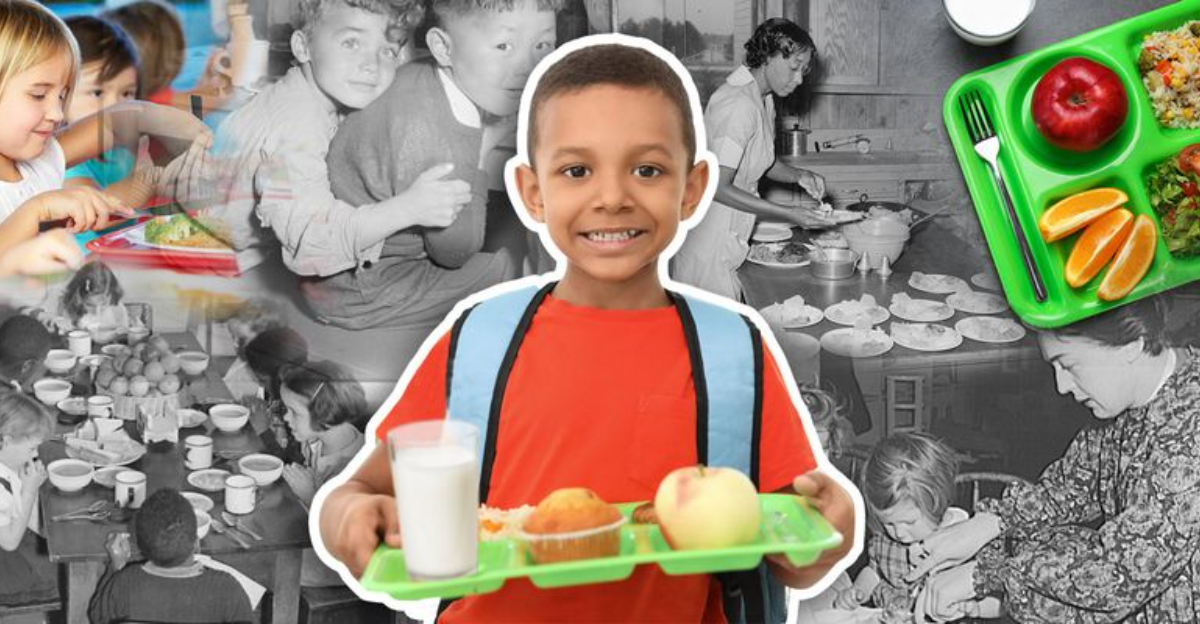
Remember those magical moments in the elementary school cafeteria when lunch boxes popped open and trading began? For ’70s kids, the lunchroom wasn’t just a place to eat: it was our first taste of economics, negotiation, and sometimes straight-up food hustling.
Before playground politics and homework stress, we perfected the art of swapping our bologna sandwiches for something way more exciting.
1. The Hostess Hustle
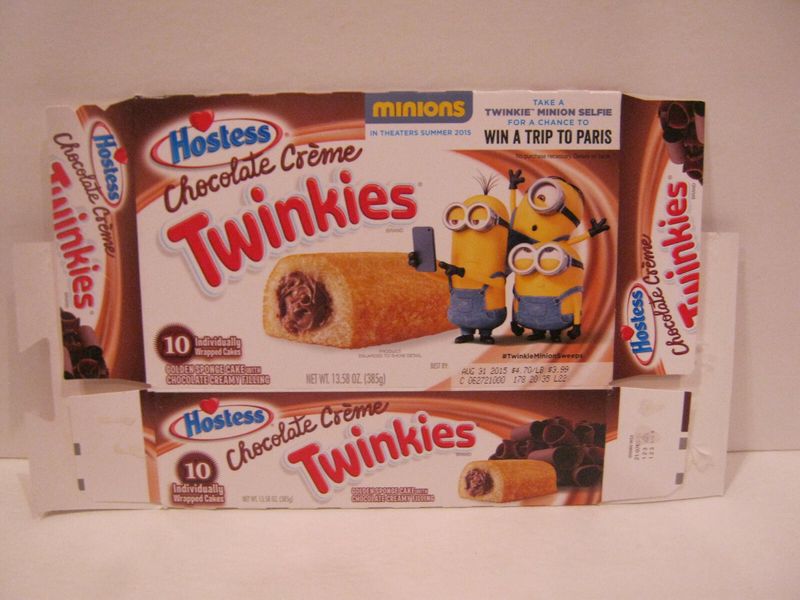
Twinkies were lunchbox gold in the ’70s. One cream-filled sponge cake could net you half a sandwich and a juice box from desperate classmates.
Mom rarely packed these treasures, making them the caviar of cafeteria currency. Kids with Twinkies held temporary power over the lunchroom economy, often splitting them in half to maximize trading potential.
2. PB&J Diplomacy

Peanut butter and jelly sandwiches became bargaining chips depending on what else was available. White bread PB&Js ranked average, but add fancy grape jelly or cut off the crusts? Trading value skyrocketed.
The diagonal cut versus horizontal cut debate sparked heated discussions. Some kids refused trades based solely on sandwich geometry, swearing diagonal-cut sandwiches tasted better.
3. The Cookie Exchange Program
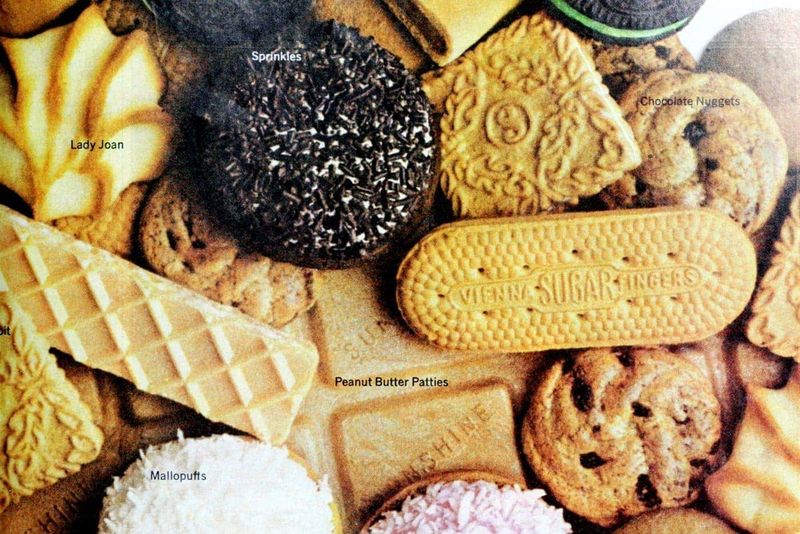
Homemade cookies trumped store-bought every time. Kids with chocolate chip cookies wielded serious trading power, especially when they were still slightly warm in their foil wrapping.
Oreos maintained steady value, particularly when twisted apart for the cream. Smart traders learned to pack extra cookies specifically for bartering purposes, creating mini cookie empires by fourth grade.
4. Pudding Cup Politics

Chocolate pudding cups created instant popularity. The kid with pudding suddenly found themselves surrounded by new “friends” offering spectacular trades.
Savvy traders learned to pack their own spoon—lending a spoon could earn you a taste. The hierarchy was clear: chocolate ranked supreme, vanilla acceptable, and tapioca pudding remained virtually untradeable despite parents’ best intentions.
5. The Thermos Gamble
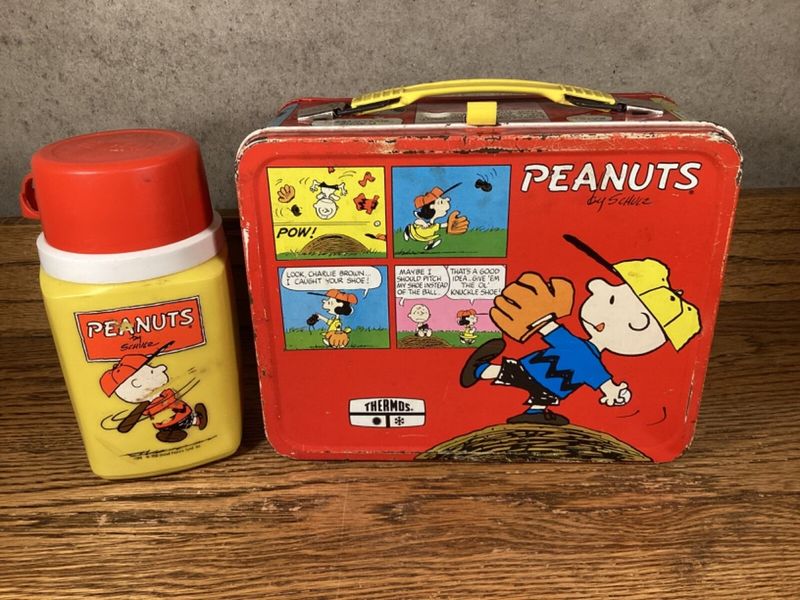
Opening a thermos was always a lunchroom spectacle. The mysterious steam rising from soup or SpaghettiOs drew curious onlookers and potential traders.
Hot lunch items rarely survived the morning intact, often arriving lukewarm at best. Still, on cold winter days, a thermos of chicken noodle soup could command premium trades from shivering classmates with cold sandwiches.
6. Snack Cake Socialism
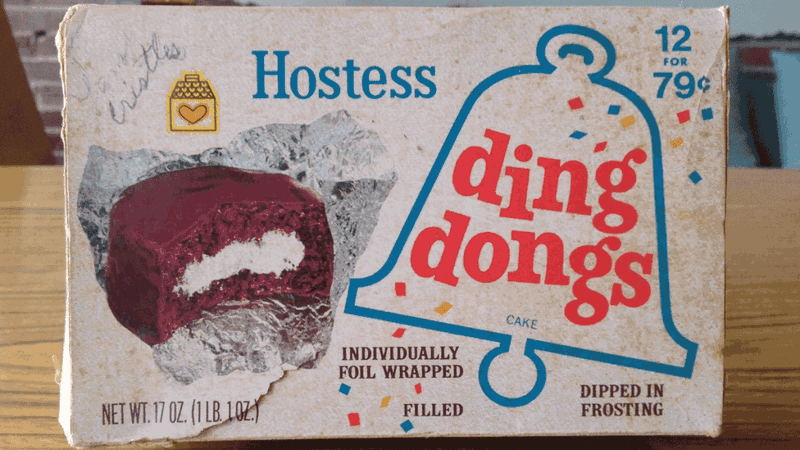
Ring Dings, Ding Dongs, and Suzy Q’s created an entire underground trading economy. These chocolate-covered treats with creamy centers were the Rolls-Royces of processed desserts.
Regional variations existed—depending on where you grew up, you might trade Devil Dogs, Funny Bones, or Yankee Doodles. The plastic wrapper crinkle alone could turn heads three tables away.
7. Lunchbox Drink Bartering
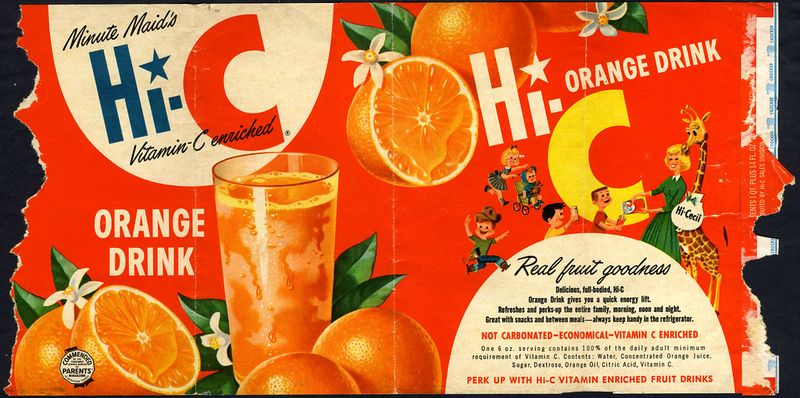
Hi-C fruit punch boxes were liquid gold in the ’70s cafeteria. The kid with grape or strawberry Hi-C could name their price, especially when others were stuck with plain milk.
Chocolate milk held respectable value but couldn’t compete with the sugary punch packets. The true power move? Offering half your drink in exchange for someone’s entire dessert: a trade accepted more often than parents would care to know.
8. The Chips-for-Anything System
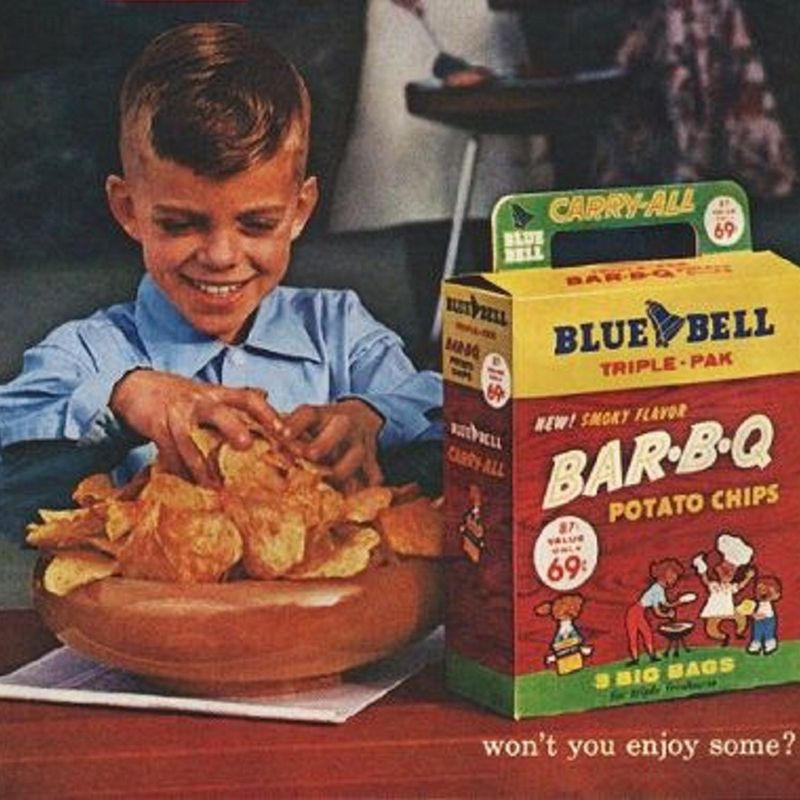
Potato chips created a reliable trading baseline. Standard chips maintained steady value, while newfangled varieties like BBQ or sour cream commanded premiums.
Tiny bags of Fritos, Doritos, or Cheetos served as lunchroom currency. The loudness of the bag-opening determined initial interest levels.
Pro traders mastered the art of hiding the best chips at the bottom, revealing only the broken ones during negotiations.
9. Fruit Swap Failures

Apples and bananas sat sadly at the bottom of the trading hierarchy. Unless you had the rare star-cut apple with cinnamon sugar in a baggie, fruit remained virtually untradeable.
Parents who packed fruit thinking it would be eaten were blissfully unaware of its actual fate. The exception? Fruit cocktail cups, whose tradeable value rested entirely on the cherry count visible through the container.
10. Dessert Diplomacy

Cupcakes with sprinkles could resolve playground disputes and forge new friendships. The social currency of a perfectly frosted homemade cupcake cannot be overstated in the ’70s lunchroom hierarchy.
Birthday kids wielding treats became temporary royalty. Savvy traders learned to save dessert items for mid-lunch negotiations when desperation peaked and trading values increased. The frosting-to-cake ratio determined final trading power.
11. The Bologna Bargain

Bologna sandwiches were the baseline currency of ’70s lunch trading. Plain bologna on white bread with mayo ranked as the most common and least valuable trade offering.
Adding yellow mustard or a slice of American cheese slightly improved trading potential. The real bologna power move? Fried bologna, which arrived at room temperature but still commanded respect and better trades based on the unique preparation.
12. Sandwich Bag Surprises

Discovering a handwritten note from Mom created an unexpected emotional moment amid the trading chaos. These non-tradeable treasures often featured simple messages like “Have a nice day!” with smiley faces or hearts.
Some parents included riddles or jokes that became lunchtime entertainment. While these notes momentarily paused trading negotiations, they rarely stopped kids from eventually swapping that tuna sandwich for something more appealing.
